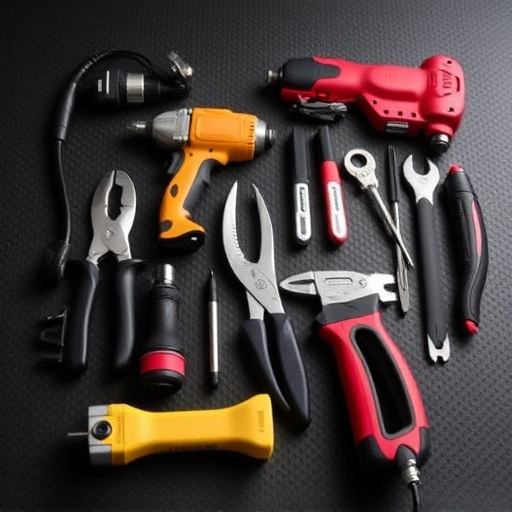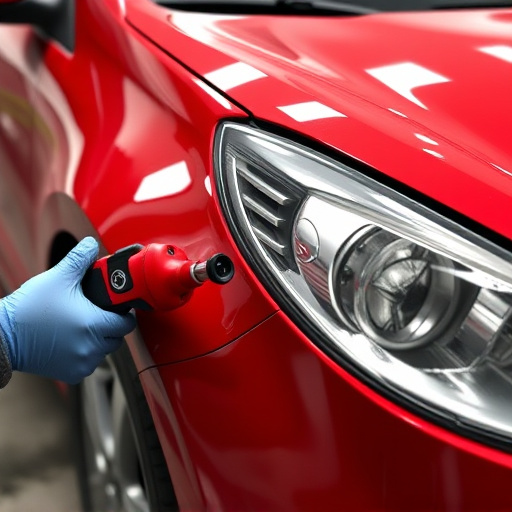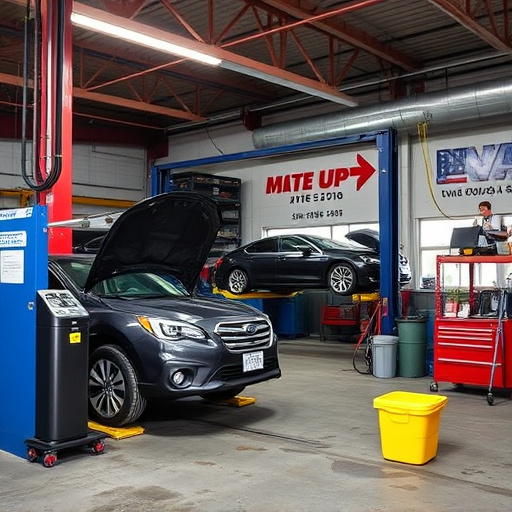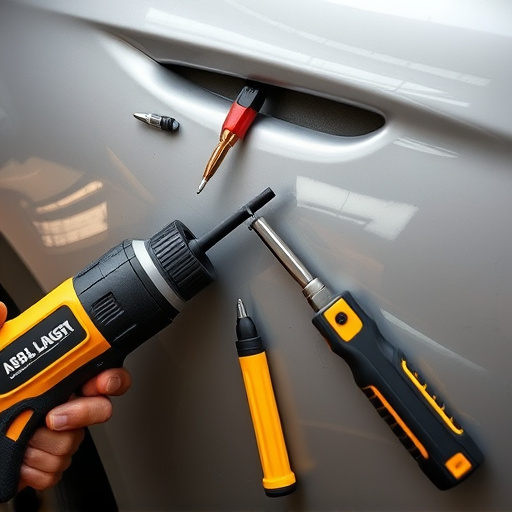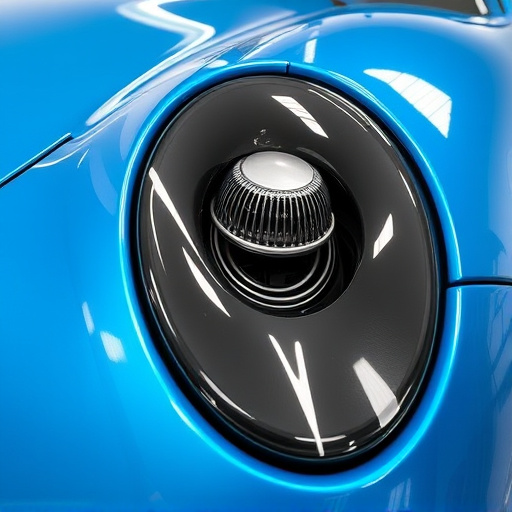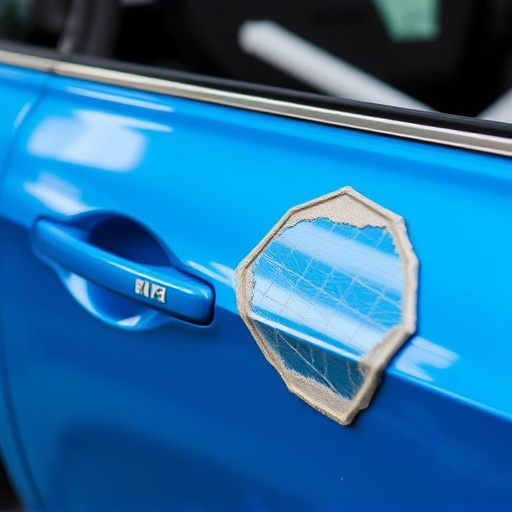Regular Tesla heat pump inspections by professionals are crucial for maintaining energy efficiency, safety, and system longevity. They check components like heat exchangers, refrigerant lines, control panels, sensors, and valves for wear, damage, leaks, or corrosion that could impact performance or create hazards. Prompt repair of identified issues ensures optimal heating/cooling capabilities, extends the system's lifespan, reduces utility bills, and minimizes environmental impact.
“Unraveling the fundamentals of Tesla heat pump inspection is essential for optimal system performance and safety. This comprehensive guide delves into the intricacies of these advanced heating solutions, explaining what sets them apart from traditional HVAC systems. We explore why regular inspections are paramount to maintain efficiency and identify potential issues early on. Get ready to discover the key components that require meticulous scrutiny during such checks, ensuring your Tesla heat pump operates smoothly and reliably.”
- What Is a Tesla Heat Pump?
- Why Conduct Regular Inspections
- Key Components to Examine During Inspection
What Is a Tesla Heat Pump?

A Tesla heat pump is a cutting-edge technology that combines heating and cooling systems into a single, efficient device. It operates by transferring heat from one location to another using electrical energy, making it a highly energy-efficient alternative to traditional HVAC (heating, ventilation, and air conditioning) systems. Unlike conventional systems that rely on combustion or refrigeration, Tesla heat pumps are environmentally friendly and can significantly reduce energy consumption in homes and commercial spaces.
During a Tesla heat pump inspection, professionals assess the system’s performance, ensuring it operates at optimal efficiency. This includes checking for any signs of damage, wear, or leaks, as well as verifying proper installation and functionality. Regular inspections are crucial, especially in harsh climates, to maintain energy savings and prevent costly repairs—a benefit that extends beyond simple comfort, reducing carbon footprints and saving on utility bills, much like how auto repair near me services keep vehicles in top condition, even addressing minor issues before they turn into major problems, such as a vehicle dent repair.
Why Conduct Regular Inspections

Regular inspections of Tesla heat pumps are essential for maintaining optimal performance and energy efficiency. Over time, various components can wear out or degrade, leading to reduced heating and cooling capabilities. Conducting routine checks allows for early detection of potential issues, ensuring minor problems don’t escalate into costly repairs. By scheduling these inspections, owners can also benefit from professional advice on the best maintenance practices, extending the lifespan of their Tesla’s climate control system.
Moreover, regular inspections play a crucial role in enhancing safety. Heat pumps use refrigerants and electrical components, both of which require careful handling to prevent environmental hazards or electrical fires. Automotive repair services specialists are trained to identify any unusual odors, sounds, or visual cues that might indicate problems, providing immediate solutions before they become major issues. Regular maintenance also ensures the heat pump operates within manufacturer guidelines, maximizing its performance potential and contributing to a comfortable living space year-round.
Key Components to Examine During Inspection

During a Tesla heat pump inspection, several key components require meticulous examination to ensure optimal performance and longevity of the system. The first area to focus on is the heat exchanger, which acts as the primary interface between the outdoor and indoor environments. Inspectors should look for any signs of corrosion, debris buildup, or damage that could hinder efficient heat transfer.
Additionally, the refrigerant lines need careful scrutiny. These lines carry the cooling agent crucial for the pump’s operation. Check for leaks, proper sealing, and any visible wear or tear, as these issues can lead to reduced efficiency or even complete system failure over time. Other essential elements include the control panel, sensors, and valves, all of which play vital roles in regulating temperature and ensuring seamless functionality. Regular inspection of these components, coupled with prompt car damage repair where needed, is paramount for maintaining a Tesla’s heating and cooling system at peak condition.
A Tesla heat pump, as an innovative heating and cooling system, requires periodic inspections to ensure optimal performance and longevity. By understanding the key components and conducting regular checks, homeowners can maintain energy efficiency and avoid costly repairs. Remember, a thorough Tesla heat pump inspection is crucial for preserving the system’s integrity and keeping your home comfortably regulated throughout the year.
